Dear Sirs:
I have enjoyed your new magazine for its subject matter, layout, and graphics. Your challenge is to present articles on subject matter that has been covered for many years by world-class writers such as Cornelius Ryan, Carlo d’Este, and lately Adrian Lewis about D-day.
In the article by Flint Whitlock in the September 2002 issue entitled “The Battle for Easy Red & Fox Green,” I believe the author has rehashed many details all too well known.
As one who landed on D-day on Omaha Beach with H Company, 115th Infantry, 29th Infantry Division, I find it highly objectionable to read “forming the very tip of the Allied spearhead that thrust onto … Omaha beachhead … was the 16th Infantry Regiment.” There were two spearheads—the 16th and the 116th—just as there were two divisions that landed side by side—the 1st and the 29th.
If Mr. Whitlock can show evidence of 1st Division tactical control over the 29th during D-day, he should show it. Brig. Gen. Norman Cota, ADC of the 29th, stands alone as the only general officer that I know of pushing troops up the bluffs. Colonel Taylor of the 16th and Colonel Canham of the 116th did their outstanding work separated by several miles. Once up the bluffs and into the maze of hedgerows, we never saw the battalions on our right or left, let alone the 1st Division. Communication was spotty, so I would submit that the 1st had enough challenges controlling its own people and the 29th its own.
In that case, then, writing an article that strongly implies that the 1st deserves 90 percent of the credit and recognition for Omaha Beach is badly flawed. I hope Mr. Whitlock’s forthcoming book is more inclusive and representative.
Donald Van Roosen
Pinehurst, North Carolina
Dear Mr. Van Roosen:
I thank you for your comments and want to assure you that no slight of the 29th Infantry Division or denegration of that division’s heroic record at Omaha Beach was intended or implied. My intent was to call attention to the often-overlooked role of the 1st Infantry Division (and its 16th Infantry Regiment) in Operation Overlord.
While your assertion that the 16th and 116th Infantry Regiments were both part of the spearhead of Force “O” at Omaha Beach is true (and which I acknowledge I should have made more clear), the 116th (and the later-arriving 115th of the 29th) was attached [emphasis mine] to the 1st Infantry Division and was therefore under its operational control until detached by V Corps’s order the following day. At no time did I state or imply that the 116th was under tactical control of the 1st, so I’m not sure why you want me to prove that it was.
The evidence of operational control is found in numerous sources, including the Army’s official account, Omaha Beachhead. On pages 8 and 9, the authors write: “The initial assault force (Force “O”) consisted of the 1st Division, reinforced to include four infantry regiments with strong attachments of artillery, armor, and engineers…. Chief components of the 1st Division were its own 16th and 18th Regimental Combat Teams, the 116th Regimental Combat Team, and the 115th Infantry attached from the 29th Division…. Brig. Gen. Norman D. Cota, assistant divisional commander of the 29th, was to land with the 116th RCT and assist General Huebner in handling the 29th Division units until they reverted [to 29th Division control].” Page 33: “The infantry elements of the 115th RCT were to touch down behind the 116th on orders of the commanding general, V Corps [Gerow], and to operate initially under 1st Division control.”
A war correspondent, Don Whitehead, wrote on page 208 of Danger Forward, “Our initial assault force—known as Force ‘O’—numbered 34,000 men and 3,300 vehicles. This was the spearhead, a reinforced unit stronger than two ordinary divisions, packing a terrific wallop. In addition to his own veteran 16th and 18th Regimental Combat Teams, Huebner was commanding the 116th Regimental Combat Team and the 115th Infantry, attached from the 29th Division….”
Dr. John Votaw, Executive Director of the Colonel Robert R. McCormick Research Center at Cantigny First Division Foundation in Wheaton, Illinois, who has been checking my book manuscript for accuracy, states unequivocally, “The 29th Infantry Division did not attack side-by-side with the 1st Infantry Division on D-day. The historical record is clear on this point: two regiments from the 29th (115th and 116th Combat Teams) were attached to the 1st Division for the assault. This assault force was labeled Force ‘O’ and was commanded by the 1st Division CG, MG Huebner. The 29th formed Force ‘B,’ the follow-up division. It included its own 175th Infantry and the 26th CT [from the 1st Division] which reverted to 1st Division control on landing.”
Gordon Harrison’s “Cross-Channel Attack” (published in the Army’s “Green Book” series), repeatedly refers to Force “O” as solely consisting of the 1st Infantry Division, while Force “B” is referred to as the 29th Infantry Division.
Also, your assertion that General Cota “stands alone as the only general officer pushing troops up the bluffs” is not true. Cota may have been the first general officer on the beach but, as Harrison notes on page 328, “As the 18th Infantry [1st Division] landed, Brig. Gen. Willard G. Wyman, the [1st’s] assistant division commander and senior Army commander ashore [emphasis mine], had diverted all three battalions to take over the missions of the 16th Infantry.” Wyman played a major role in organizing the 1st Division’s push off the beach and up the heights.
I also disagree that my article “strongly implied that the 1st deserves 90 percent of the credit for Omaha Beach.” Over the years, many D-day veterans of the 1st Division have bitterly felt the 29th has claimed far more than its share of credit for the ultimate triumph at Omaha Beach. One veteran’s comments are typical of this resentment: “For 57 years now, all I’ve heard, read in books, newspapers, and seen on TV, etc., is ‘29th, let’s go,’ ‘29th, let’s go’ …Some of us 1st Div men were going down to Bedford (VA) to see the [D-day] memorial and contribute, but after what we heard and saw in the media, we changed our minds, because it seemed like the media was so focused on the 29th that they didn’t know the 1st Div was there” (Bridgehead Sentinel, Fall 2001).
My intent in writing the article and book was simply to give the men of the 1st Infantry Division the credit they deserve and which has too long unfairly eluded them.
Sincerely yours,
Flint Whitlock
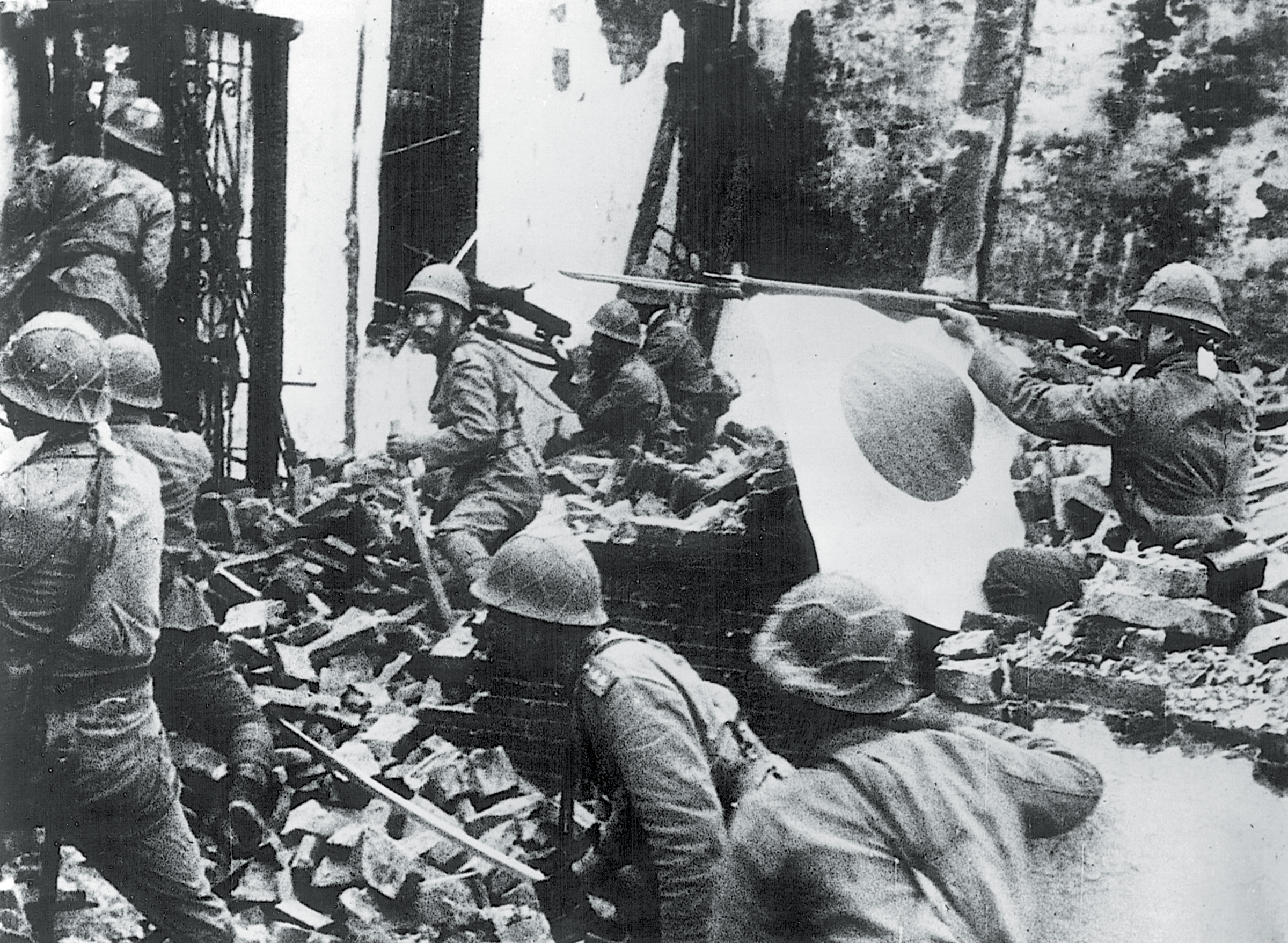
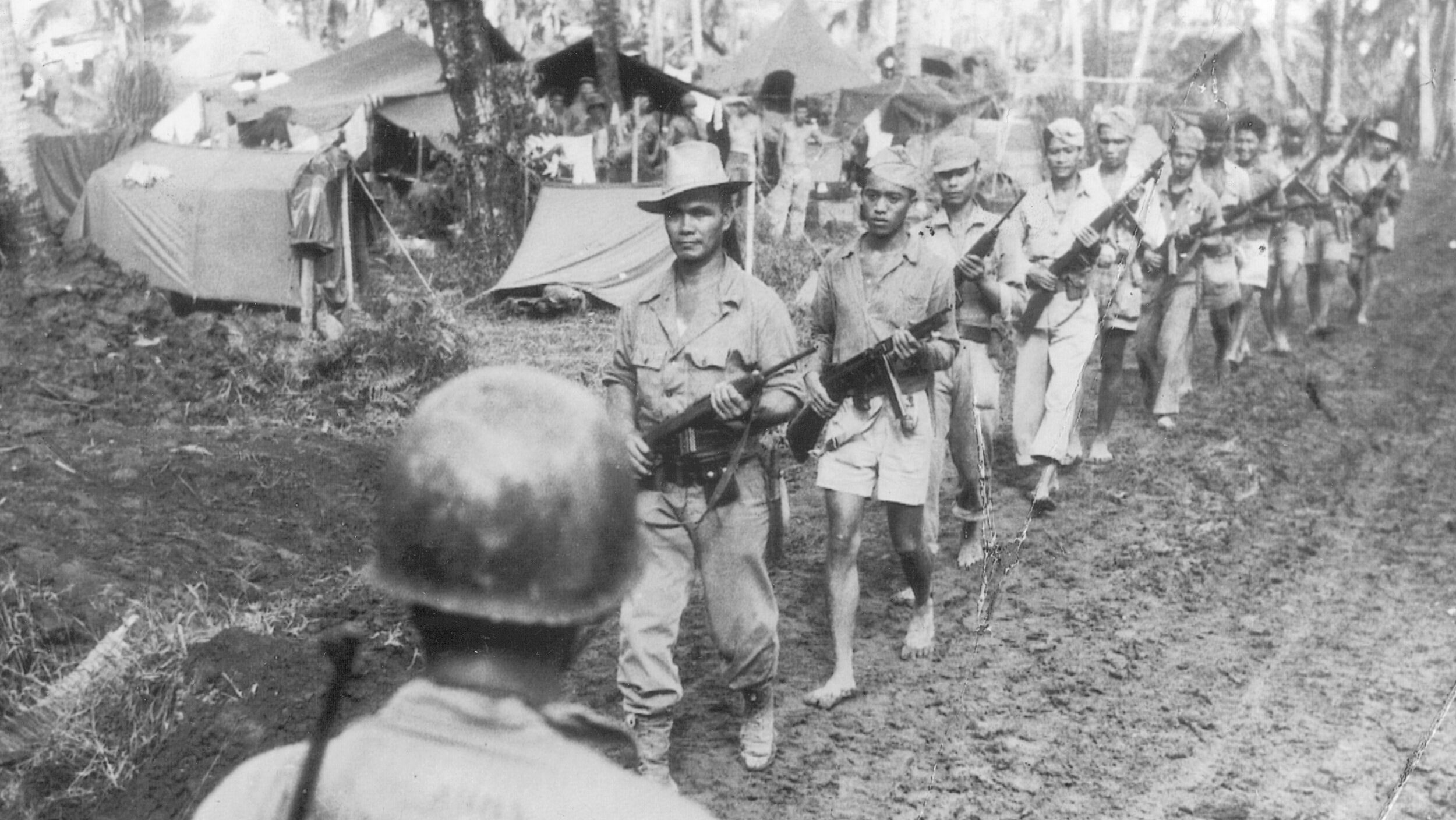
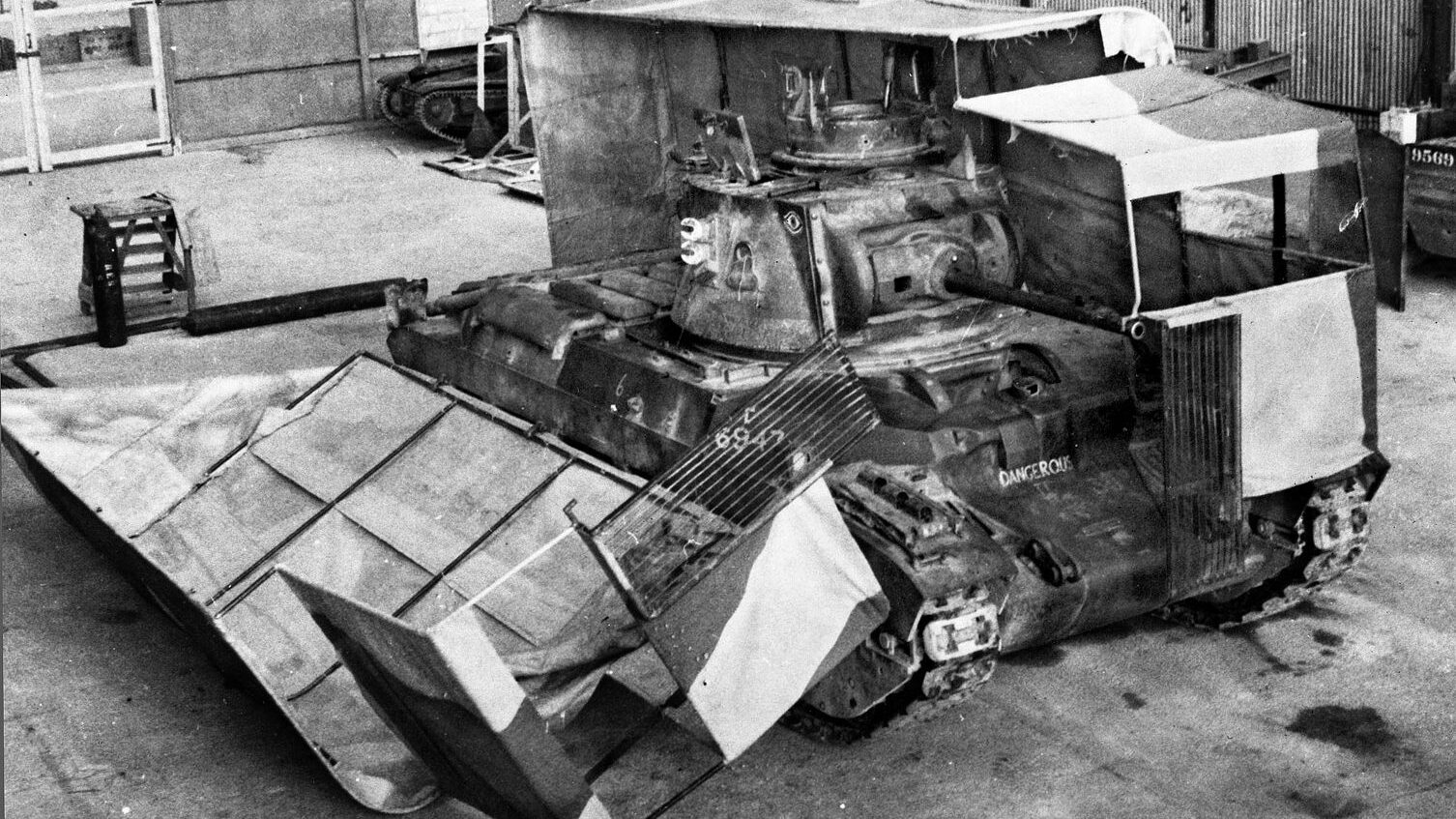
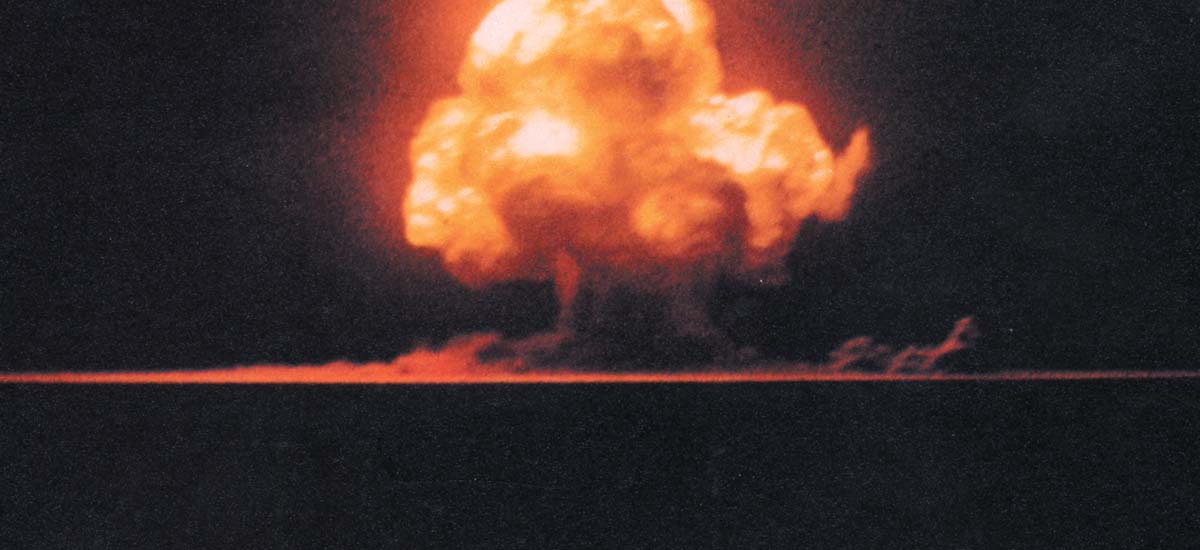
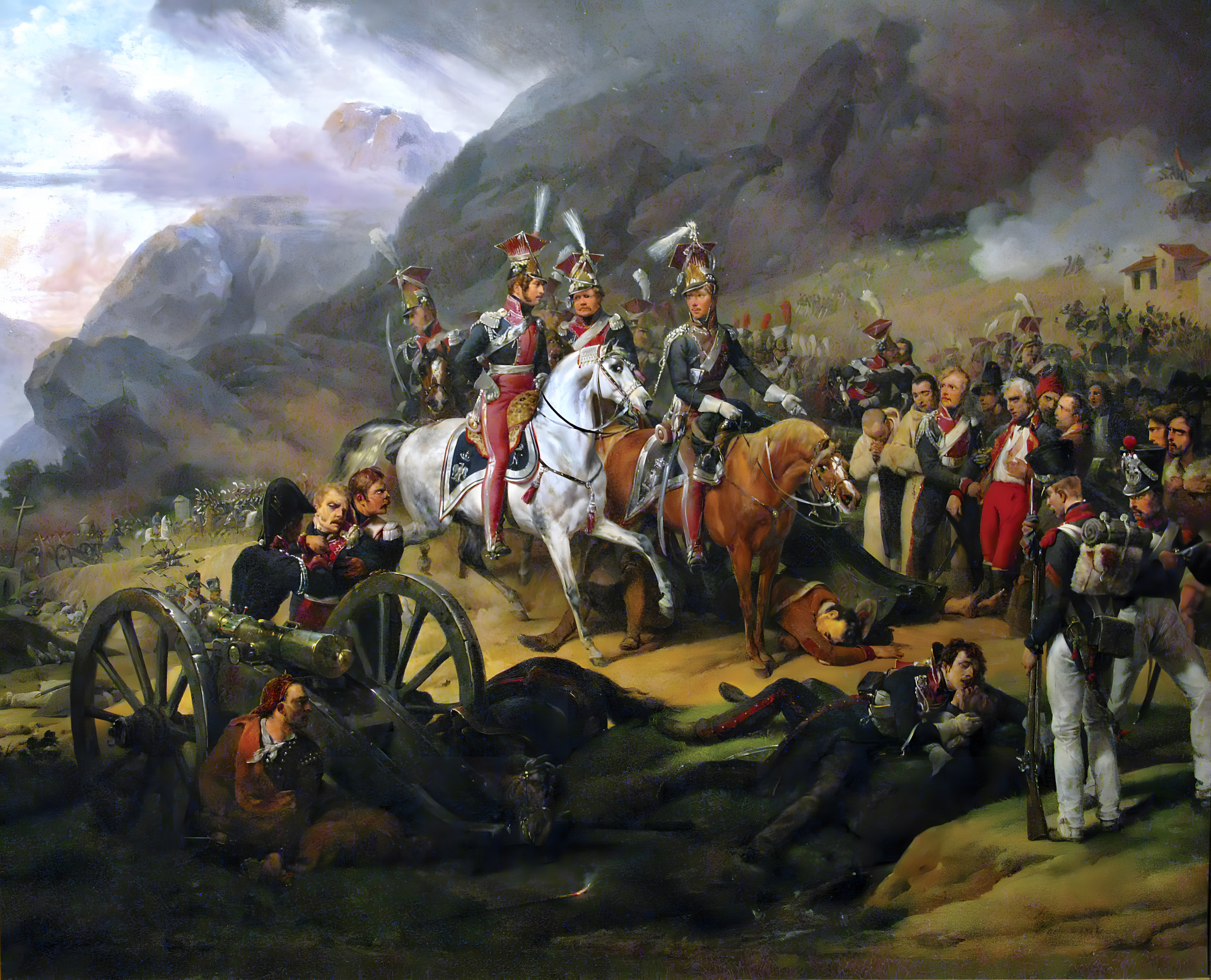
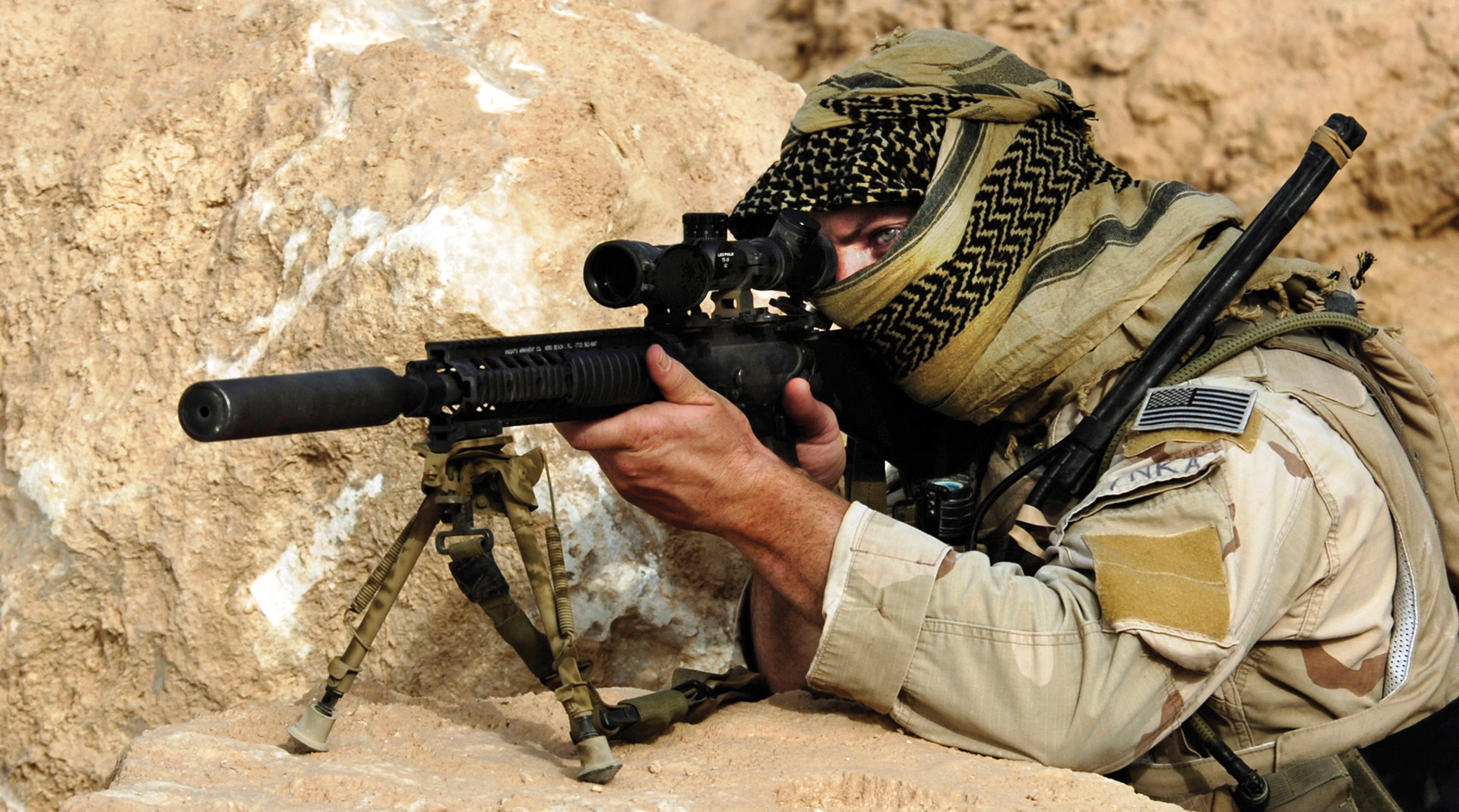
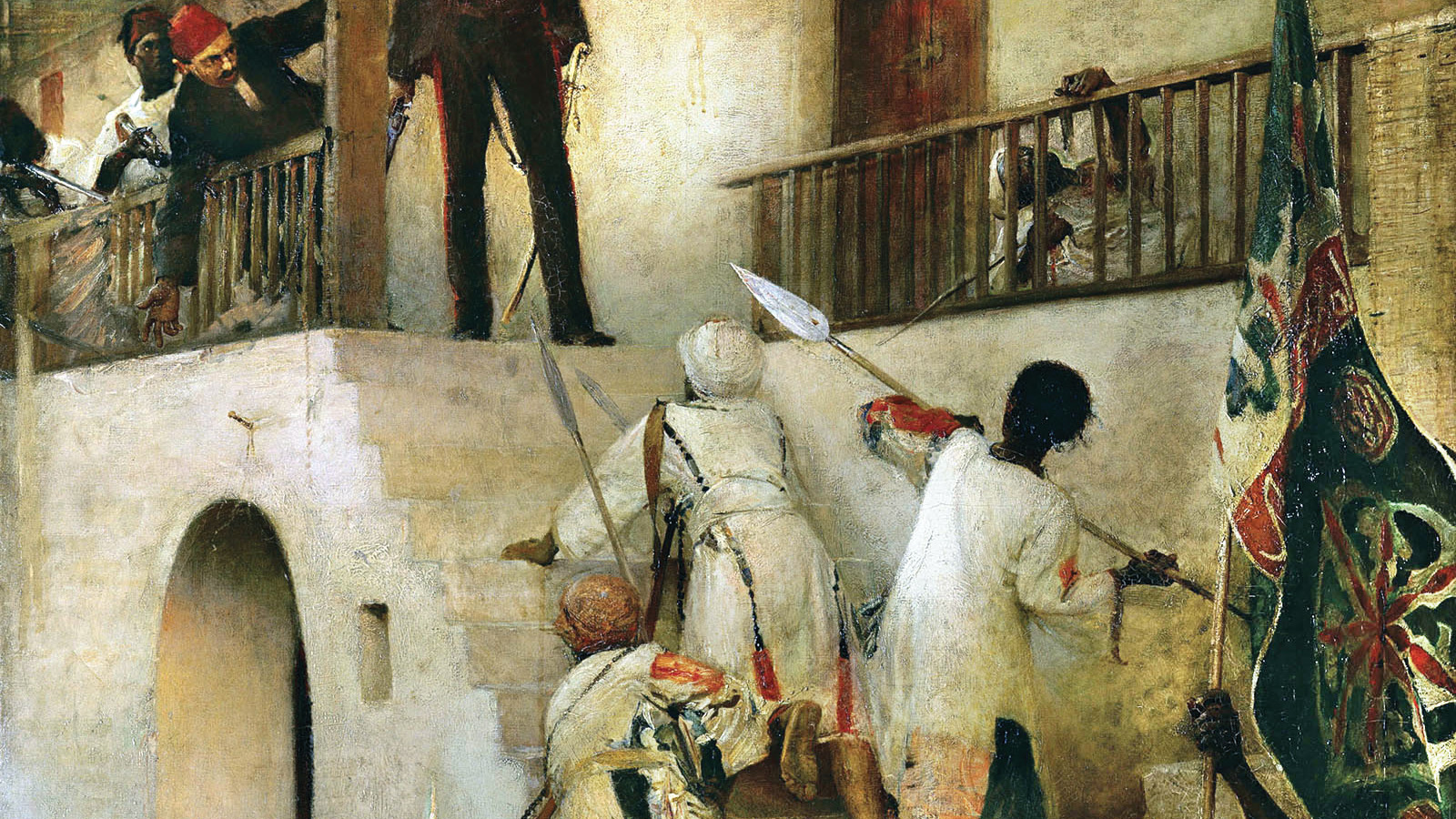
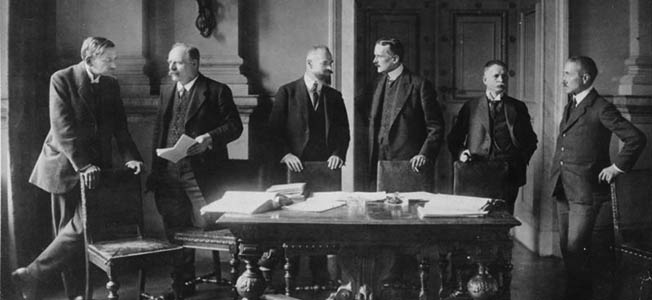
Join The Conversation
Comments
View All Comments